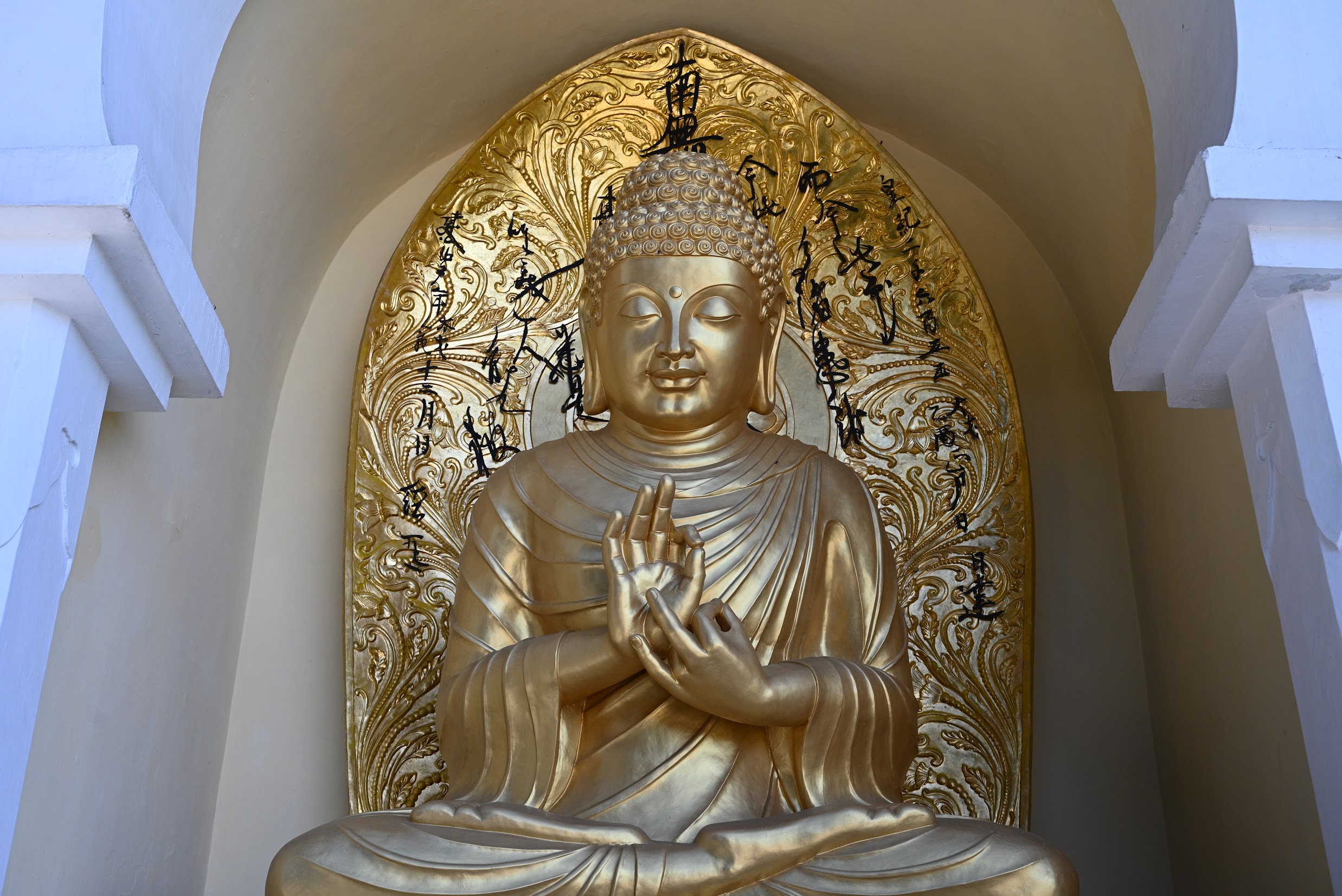In the vast ocean of Buddhist teachings, one concept stands out like a beacon of enlightenment: emptiness. At first glance, the idea of emptiness might seem bleak or nihilistic, but in reality, it holds profound insights into the nature of our existence and the world around us.
The roots of this teaching can be traced back to the Buddha himself. In the Suñña Sutta, one of the Buddha’s chief disciples, Ananda, questioned him about the emptiness of the world. The Buddha's response was simple yet profound: the world is empty because it lacks a permanent self or anything pertaining to such a self.

But what does this mean for us? How can we understand emptiness in our own lives?
To grasp the essence of emptiness, we must first examine the nature of our own selves. Where, exactly, does our sense of self reside? Can we pinpoint its location within our bodies or minds? Through meditation and introspection, we come to realize that the boundaries of the self are much more fluid than we initially perceive. In truth, there is no inherent, independent self that exists apart from the world around us.
While the notion of emptiness may seem bleak on the surface, it actually holds profound implications for our lives. Far from being a nihilistic worldview, emptiness teaches us to recognize the interconnectedness of all things. Just as a sheet of paper cannot exist without the tree from which it came, we too are inseparable from the universe that gave rise to us.
In essence, embracing emptiness invites us to transcend the illusion of separateness and recognize our inherent connection to all beings. It encourages us to widen our circle of compassion and cultivate a sense of inner security rooted in our interdependence with the world.
As Albert Einstein famously wrote, “A human being is a part of the whole, called by us 'Universe,' a part limited in time and space.” Embracing emptiness is not a descent into despair but a journey toward liberation. It is a path that leads us to a deeper understanding of ourselves and our place in the vast tapestry of existence.
Thích Nhất Hạnh, a renowned Buddhist teacher, coined the term “Interbeing” to encapsulate this interconnectedness. He emphasized that every aspect of existence is interwoven with the fabric of the universe. From the clouds that bring rain to the trees that produce oxygen, we are intimately connected to the web of life.
This perspective is not only compatible with scientific understanding but also enriches our appreciation of the cosmos. Modern physicists, such as David Bohm and Anton Zeilinger, have noted the parallels between Buddhist teachings on emptiness and insights from quantum physics. Both perspectives underscore the dynamic, interconnected nature of reality.

In conclusion, the teaching of emptiness offers profound wisdom that transcends cultural and philosophical boundaries. By embracing emptiness, we open ourselves to a deeper appreciation of the interconnectedness of all things and embark on a journey toward greater compassion, insight, and liberation.


0 Comments